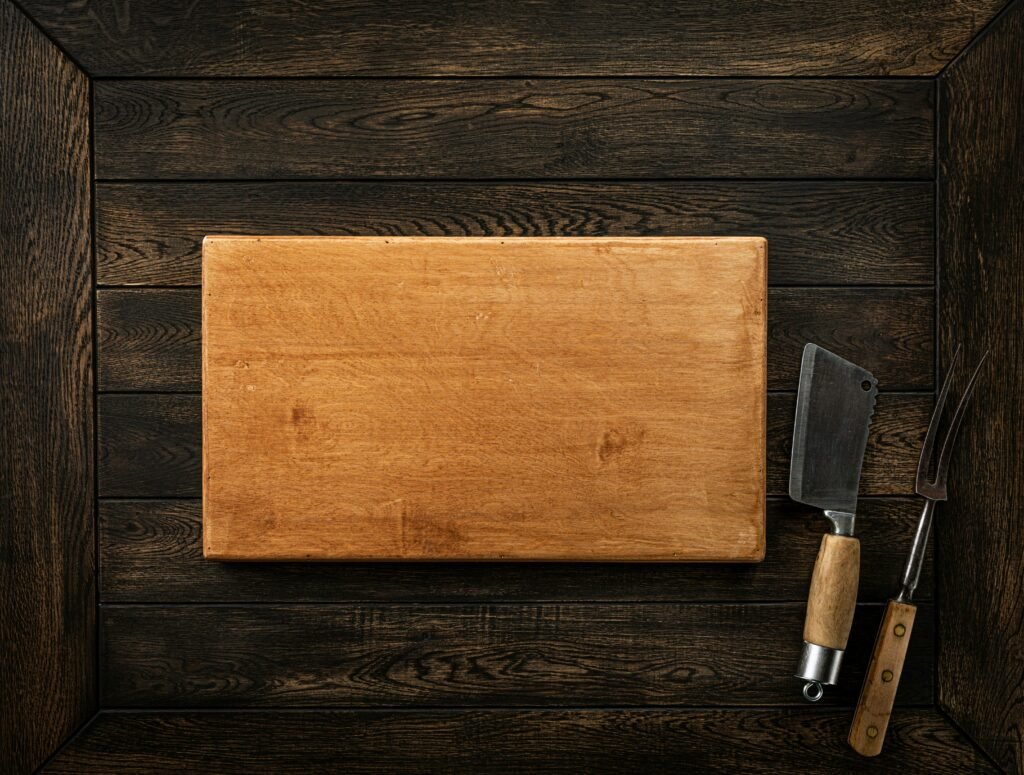Many people wonder if sitting by a sunny window has the same benefits as direct exposure to the sun. Can we synthesize vitamin D? Is it possible to get a tan behind glass? The short answer is no, but let’s quickly see why.
☀️ What does our body need to produce vitamin D?
Vitamin D is synthesized in the skin when it is exposed to the sun’s UVB rays. These rays are essential for our body to initiate the conversion of cholesterol into vitamin D, a crucial process for maintaining strong bones, boosting the immune system and regulating various bodily functions.
Does the glass allow UVB rays to pass through?
No. Most conventional glass, such as window or car glass, almost completely blocks UVB rays, allowing only UVA rays to pass through. This means that, even though you feel the sun’s heat through the glass, you are not getting the rays needed to produce vitamin D.
🌞 So, sunbathing behind glass tans?
Partly yes, but with nuances. UVA rays, which do pass through glass, can induce a light tan and contribute to premature skin aging. However, the tan produced by UVA is superficial and less durable than that generated by UVB rays. In addition, UVA rays do not stimulate vitamin D production.
⚠️ Is it dangerous to expose oneself to the sun behind glass?
Even if there is no risk of sunburn from UVB, prolonged exposure to UVA rays through glass can cause cumulative skin damage such as blotchiness, premature aging and even increase the risk of skin cancer. This is especially important for people who spend many hours near windows or driving.
✅ How to take advantage of the sun correctly?
To obtain vitamin D naturally, it is recommended:
- Direct sun exposure on face, arms or legs for 10 to 30 minutes a day, depending on skin tone and sun intensity.
- Avoid peak radiation hours (between 12 and 16 h).
- Use sunscreen if exposure is going to be prolonged.
- Consult a physician if vitamin D supplementation is needed, especially in winter or in areas with low sunlight.
🧴 What if I use sunscreen?
High SPF sunscreens can reduce vitamin D synthesis, but do not block it completely. A balance between protection and brief exposure without sunscreen (when the sun is not too strong) may be beneficial.
Conclusion:
Sunbathing behind glass does not produce vitamin D or tan effectively. To take advantage of the sun’s benefits, direct, short and safe exposure is necessary. And if you spend many hours behind a window, remember that UV rays are still present… even if they don’t seem to be.


